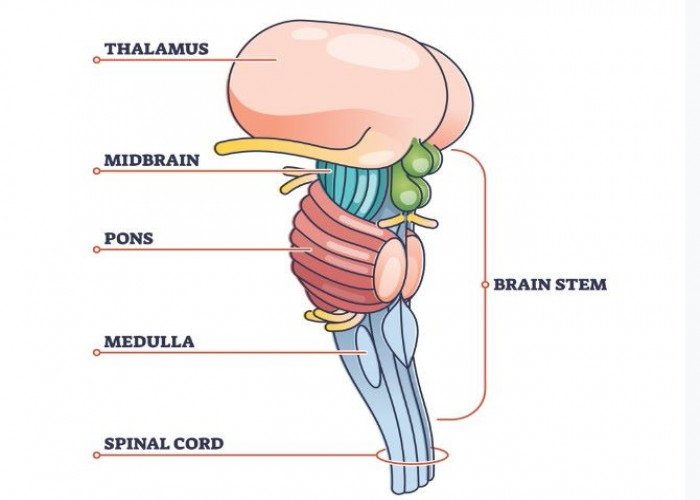 Welcome
Welcome
“May all be happy, may all be healed, may all be at peace and may no one ever suffer."
- A
- B
- C
- D
- E
- F
- G
- H
- I
- J
- K
- L
- M
- N
- O
- P
- Q
- R
- S
- T
- U
- V
- W
- X
- Y
- Z
Anal canal - Diseases
The anal canal is the terminal part of the digestive tract in humans, which extends from the rectum to the anus. It is a short, muscular tube that measures about 4 centimeters in length, and it is lined with specialized cells that secrete mucus to help with the passage of feces.
The anal canal is surrounded by two sphincter muscles, the internal anal sphincter and the external anal sphincter, which help to control the passage of feces. The internal sphincter is made of smooth muscle and is involuntary, meaning it is not under conscious control. The external sphincter is made of skeletal muscle and is voluntary, meaning it can be consciously controlled.
The anal canal has a rich blood supply and is highly innervated, making it sensitive to touch, pressure, and pain. Hemorrhoids, fissures, abscesses, and tumors can all occur in the anal canal and can cause pain, bleeding, and other symptoms. Various medical procedures can be performed to diagnose and treat conditions of the anal canal, including colonoscopy, sigmoidoscopy, and surgery.

Lungs

Pineal gland

Hand

Foot

Earlobe Outer ear

Nails

Pons Brainstem

Joints
Anal canal, Anal canal anatomy, পায়ুপথ খাল
To be happy, beautiful, healthy, wealthy, hale and long-lived stay with DM3S.